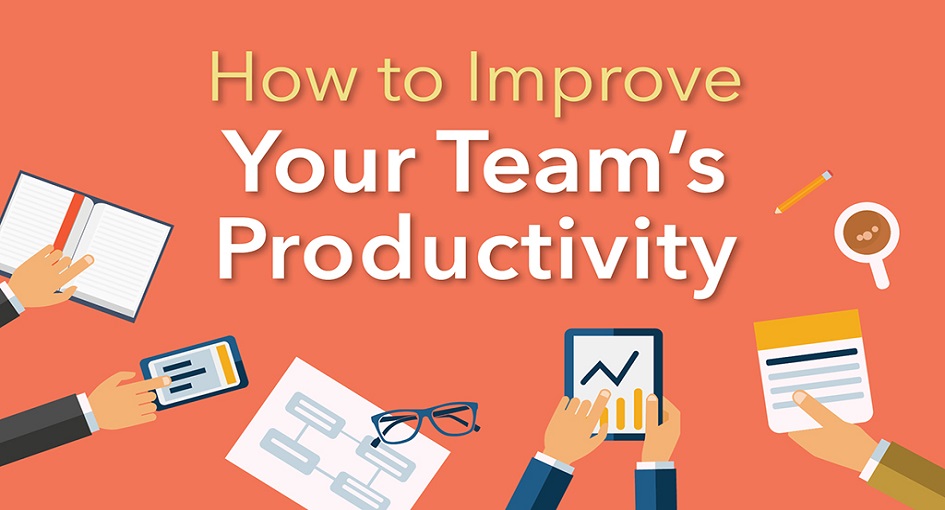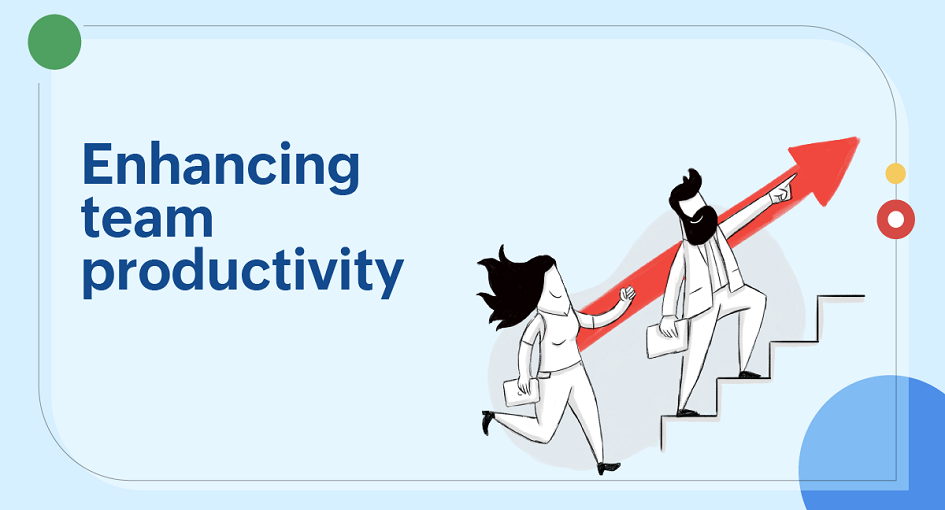
In today’s fast-paced business world, maximizing team productivity is more important than ever. With increasing competition and rapidly evolving technologies, organizations need to be able to work together efficiently and effectively to achieve their goals. However, achieving high levels of productivity is easier said than done. In this article, we will explore some of the strategies and techniques that can help teams maximize their productivity and achieve success.
Set Clear Goals and Expectations
The first step in maximizing team productivity is to set clear goals and expectations. It’s important that everyone on the team understands what they are working towards and what is expected of them. This can be achieved through regular communication, such as team meetings or weekly check-ins. By setting clear goals and expectations, team members are more likely to stay focused and motivated, and will be able to prioritize their tasks accordingly.
Encourage Collaboration and Communication
Collaboration and communication are essential for maximizing team productivity. By encouraging team members to work together and share ideas, you can create a more efficient and productive work environment. This can be achieved through tools such as shared calendars, project management software, and instant messaging platforms. By making it easy for team members to communicate and collaborate, you can reduce misunderstandings and delays, and ensure that everyone is on the same page.


Provide Adequate Resources and Support
To maximize team productivity, it’s important to provide team members with the resources and support they need to succeed. This may include access to training, equipment, or software, as well as support from managers or mentors. By providing adequate resources and support, you can help team members feel more confident and capable, which can lead to higher levels of productivity and job satisfaction.
Set Realistic Deadlines and Priorities
Setting realistic deadlines and priorities is essential for maximizing team productivity. It’s important to ensure that deadlines are achievable and that team members have enough time to complete their tasks. In addition, priorities should be clear and well-defined, so that team members can focus on the most important tasks first. By setting realistic deadlines and priorities, you can reduce stress and improve productivity, while ensuring that projects are completed on time and to a high standard.
Celebrate Success and Learn from Failure
Finally, it’s important to celebrate success and learn from failure. Recognizing team members’ achievements and milestones can help to boost morale and motivate the team to continue working hard. Similarly, learning from mistakes and failures can help to identify areas for improvement and prevent similar mistakes from happening in the future. By celebrating success and learning from failure, you can create a positive and productive team culture.
Foster a Positive Team Culture
Creating a positive team culture is essential for maximizing productivity. By fostering a culture of respect, trust, and open communication, you can help team members feel valued and supported. This can be achieved through regular team-building activities, such as social events or offsite retreats. By investing in your team’s culture, you can create a more engaged and motivated workforce, which can lead to higher levels of productivity and job satisfaction.
Monitor and Manage Workload
Monitoring and managing workload is another key factor in maximizing team productivity. It’s important to ensure that team members are not overloaded with tasks, as this can lead to burnout and decreased productivity. By monitoring workload and adjusting priorities as needed, you can help team members stay on track and avoid becoming overwhelmed. In addition, you should ensure that work is distributed fairly and that team members have the necessary skills and resources to complete their tasks.
Provide Regular Feedback
Providing regular feedback is essential for maximizing team productivity. By giving team members constructive feedback on their performance, you can help them improve their skills and achieve their goals. Feedback should be specific, actionable, and delivered in a timely manner. In addition, team members should be given the opportunity to provide feedback on their own performance and on the performance of others. By creating a feedback-rich environment, you can help your team continuously improve and grow.
Embrace Technology
Embracing technology is another important strategy for maximizing team productivity. With the right tools and software, teams can collaborate more effectively, streamline workflows, and automate repetitive tasks. This can free up time and resources for more creative and strategic work. Some useful tools include project management software, video conferencing platforms, and cloud-based file sharing systems. By investing in the right technology, you can help your team work smarter and more efficiently.
Continuously Improve
Finally, it’s important to continuously improve your team’s productivity. This can be achieved through regular performance reviews, benchmarking against industry standards, and seeking feedback from customers or clients. By continuously striving for improvement, you can ensure that your team is always working at its best and delivering high-quality results. In addition, you should be willing to experiment with new strategies and techniques, and to adapt your approach as needed to meet changing circumstances.


In summary, maximizing team productivity requires a combination of clear goals and expectations, collaboration and communication, adequate resources and support, realistic deadlines and priorities, a celebration of success, positive team culture, workload management, regular feedback, embracing technology, and continuous improvement. By implementing these strategies and techniques, you can create a productive and successful team that is able to meet the challenges of today’s fast-paced business environment.
In conclusion, maximizing team productivity is a key challenge for organizations today. By setting clear goals and expectations, encouraging collaboration and communication, providing adequate resources and support, setting realistic deadlines and priorities, and celebrating success and learning from failure, you can create a more productive and successful team. With these strategies and techniques in place, your team will be well-equipped to tackle even the toughest challenges and achieve their goals.